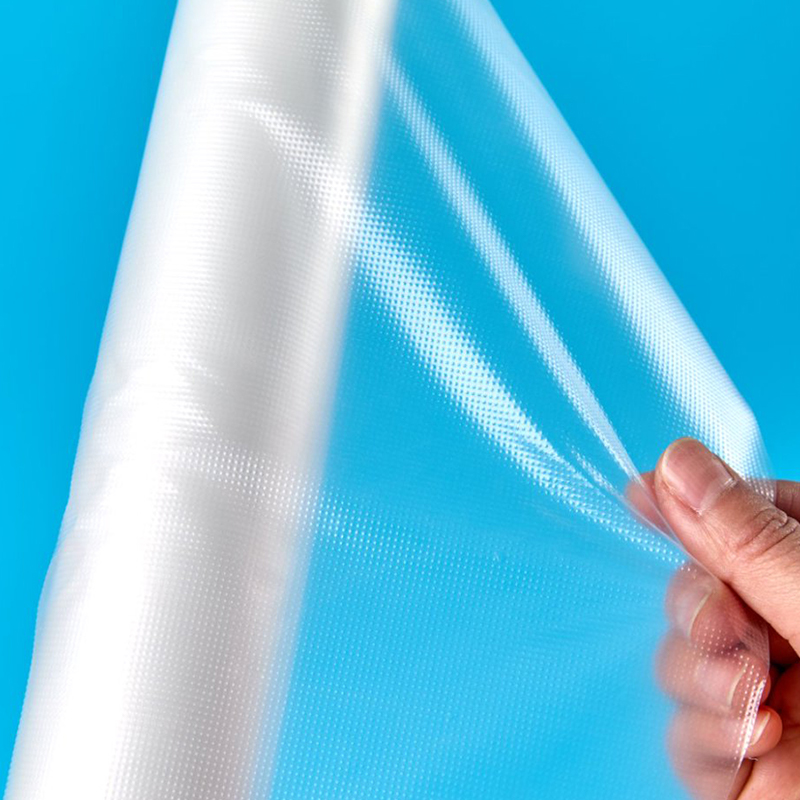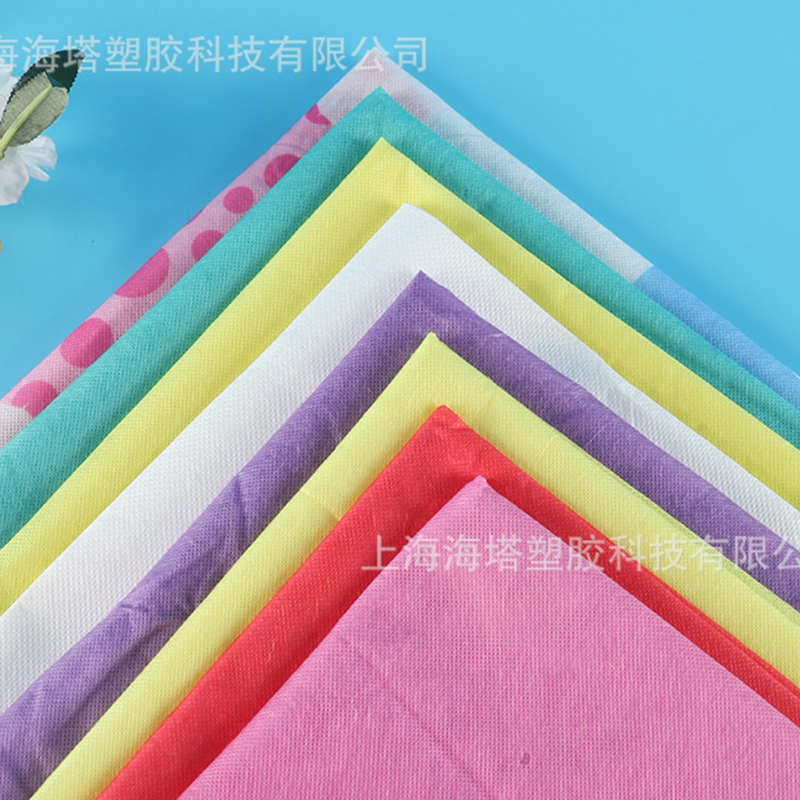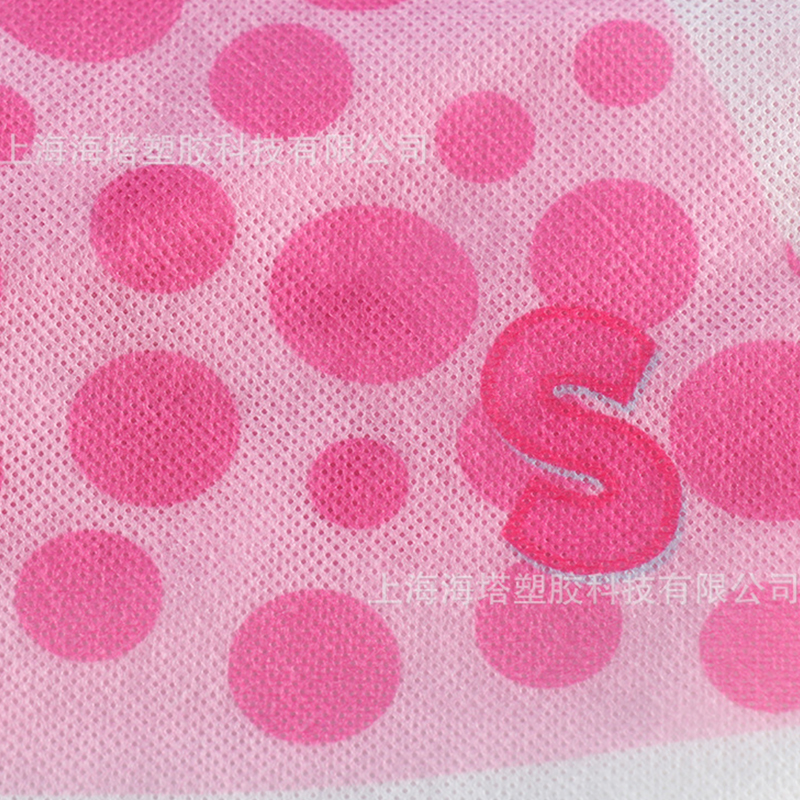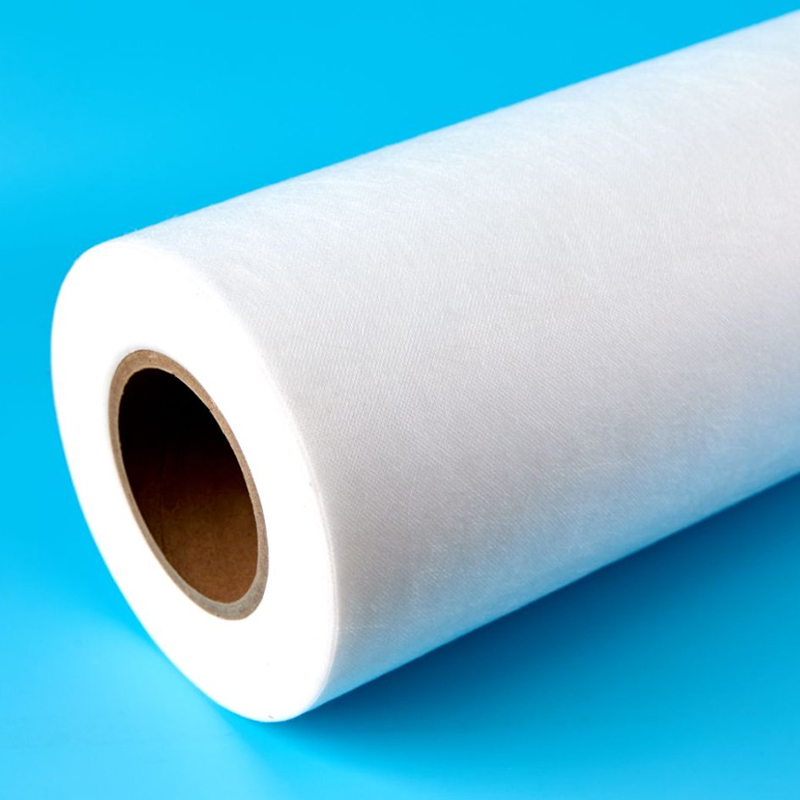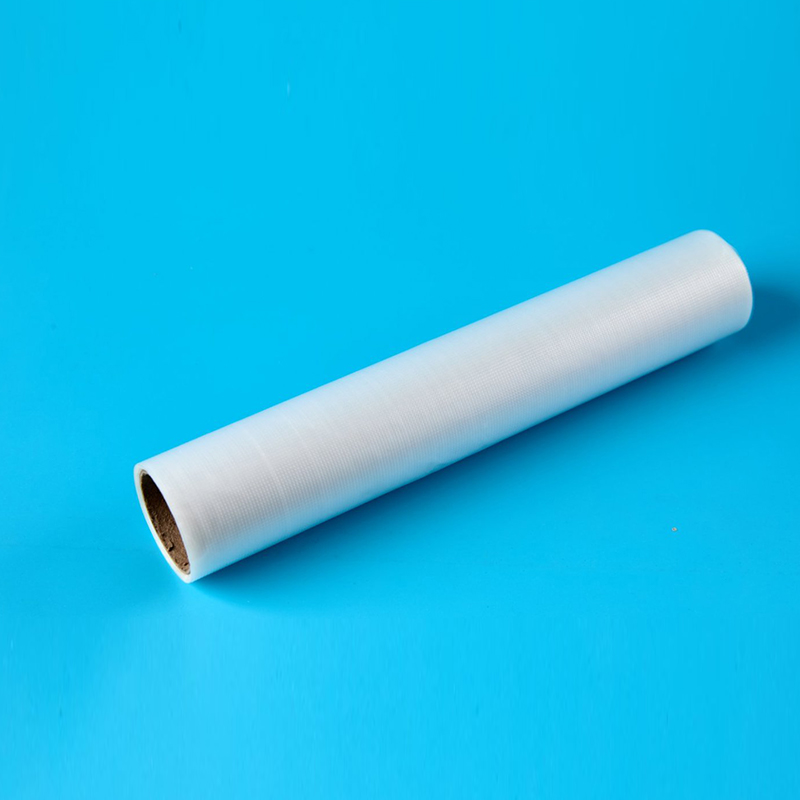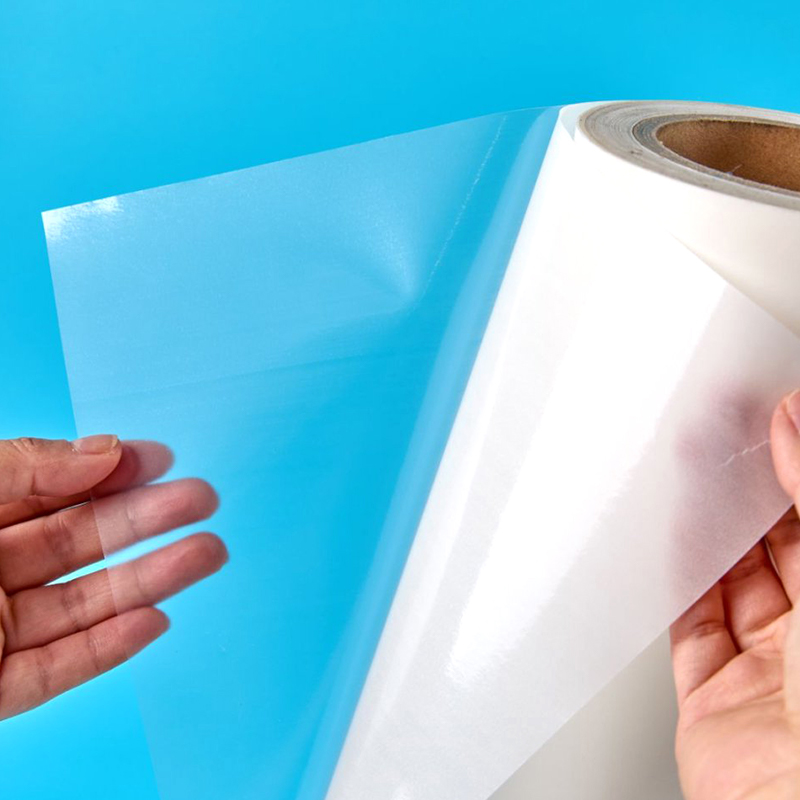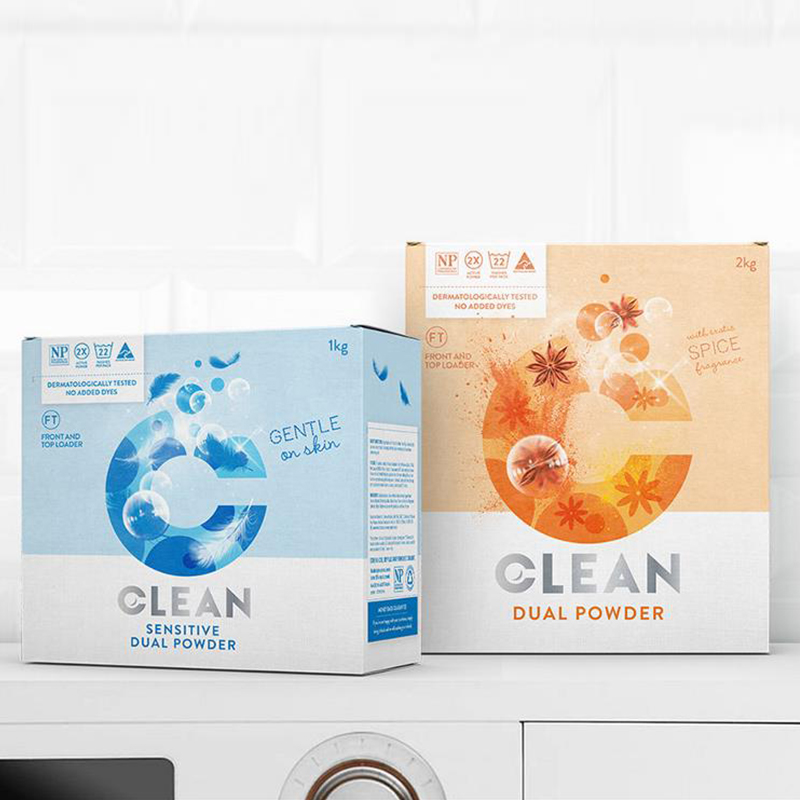I. Solutions for Fixing Electronic Components
(1) Chip Packaging Fixation
In the chip packaging process, high - thermal conductivity and low - stress hot - melt adhesives are used to fix the chip to the packaging substrate. The hot - melt adhesive is precisely applied to the bottom or edges of the chip through a dispensing machine. Then, the adhesive is rapidly melted under appropriate temperature and pressure using a hot - pressing device, evenly filling the gaps between the chip and the substrate. After cooling and solidification, the hot - melt adhesive not only firmly fixes the chip but also effectively dissipates the heat generated during chip operation, reducing the impact of thermal stress on the chip. For example, in the packaging of high - performance processors, this hot - melt bonding method ensures the stable operation of the chip, enhancing the overall performance and reliability of electronic products.
(2) Sensor Fixation
For various sensors, such as acceleration sensors and temperature sensors, hot - melt adhesives with good temperature resistance and insulation properties are used for fixation. When installing the sensor, the hot - melt adhesive is applied to the surface of the sensor and the installation site. After heating and solidification, the sensor is closely bonded to the circuit board or equipment housing. This fixation method can effectively isolate external electromagnetic interference and adapt to different environmental temperature changes, ensuring the accurate and stable operation of the sensor. For instance, sensors in automotive electronic systems, after being fixed by hot - melt bonding, can reliably collect data in complex driving environments.
II. Circuit Board Assembly Solutions
(1) Auxiliary for Component Pin Soldering
In the circuit board surface - mount technology, hot - melt adhesives can be used as auxiliary materials for pin soldering. First, an appropriate amount of hot - melt adhesive is dispensed around the component pins to fix the position of the components and prevent displacement during the soldering process. The hot - melt adhesive does not affect the melting and wetting of the solder during heating. After soldering is completed, the solidified adhesive can also provide mechanical support and moisture - proof protection for the pins, enhancing the reliability of the solder joints and reducing problems such as virtual soldering and desoldering caused by vibration, moisture, and other factors.
(2) Flexible Printed Circuit (FPC) Connection
For the connection between flexible printed circuits and rigid circuit boards or other components, hot - melt adhesive films are used to achieve reliable bonding. The hot - melt adhesive film is cut to a suitable size and placed between the FPC and the connection site. The film is melted through hot - pressing to achieve a close bond between the two. The bonding of the hot - melt adhesive film ensures that the connection part of the FPC remains firm during bending and has good electrical insulation. It is widely used in electronic products such as mobile phones and tablets to meet the requirements of compact internal space and flexible circuit connection.
III. Electronic Product Housing Connection Solutions
(1) Mobile Phone and Tablet Housing Assembly
In the manufacturing of consumer electronic product housings such as mobile phones and tablets, hot - melt adhesive strips are used for housing component assembly. The hot - melt adhesive strips are installed at the splicing points of the housing. They are melted by a hot - melt gun, and then the housing components are quickly pressed together. After cooling, the hot - melt adhesive forms a high - strength bonding layer, ensuring that the housing is tightly assembled with small gaps and a smooth appearance. Meanwhile, the rapid curing characteristics of the hot - melt adhesive improve production efficiency, making it suitable for large - scale assembly line production.
(2) Home Appliance Housing Assembly
For the assembly of large - scale home appliance housings, such as those of refrigerators and washing machines, hot - melt adhesive spraying technology is used to achieve rapid connection. The hot - melt adhesive is evenly sprayed onto the connection parts of the housing through automated spraying equipment, and then the housing components are quickly assembled. The hot - melt adhesive cures in a short time, making the housing assembly firm. It can withstand the vibration and external forces during the operation of home appliances and effectively prevent dust and moisture from entering the interior of the equipment, protecting the internal electronic components.
IV. Electromagnetic Shielding and Insulation Protection Solutions
(1) Electromagnetic Shielding Cover Fixation
To reduce electromagnetic interference inside electronic devices, electrically conductive hot - melt adhesives are used to fix electromagnetic shielding covers. The conductive hot - melt adhesive is applied to the contact area between the shielding cover and the circuit board or equipment housing. After heating and solidification, it not only firmly installs the shielding cover but also ensures good electrical connection, enabling the shielding cover to effectively perform its electromagnetic shielding function. Compared with traditional screw - fixing methods, this method is easier to operate and does not leave unnecessary holes on the circuit board, avoiding impacts on circuit performance.
(2) Insulation Protection Coating
For the surfaces of some electronic components with high insulation requirements, hot - melt insulating adhesives are sprayed or coated to form a protective coating. The hot - melt insulating adhesive evenly covers the surface of the components in a molten state when heated. After cooling, it forms a dense insulation layer, which can effectively prevent electrical short - circuits and leakage. It also has certain moisture - proof and anti - corrosion capabilities, extending the service life of electronic components. This is applicable to scenarios such as power modules and high - voltage circuit boards.

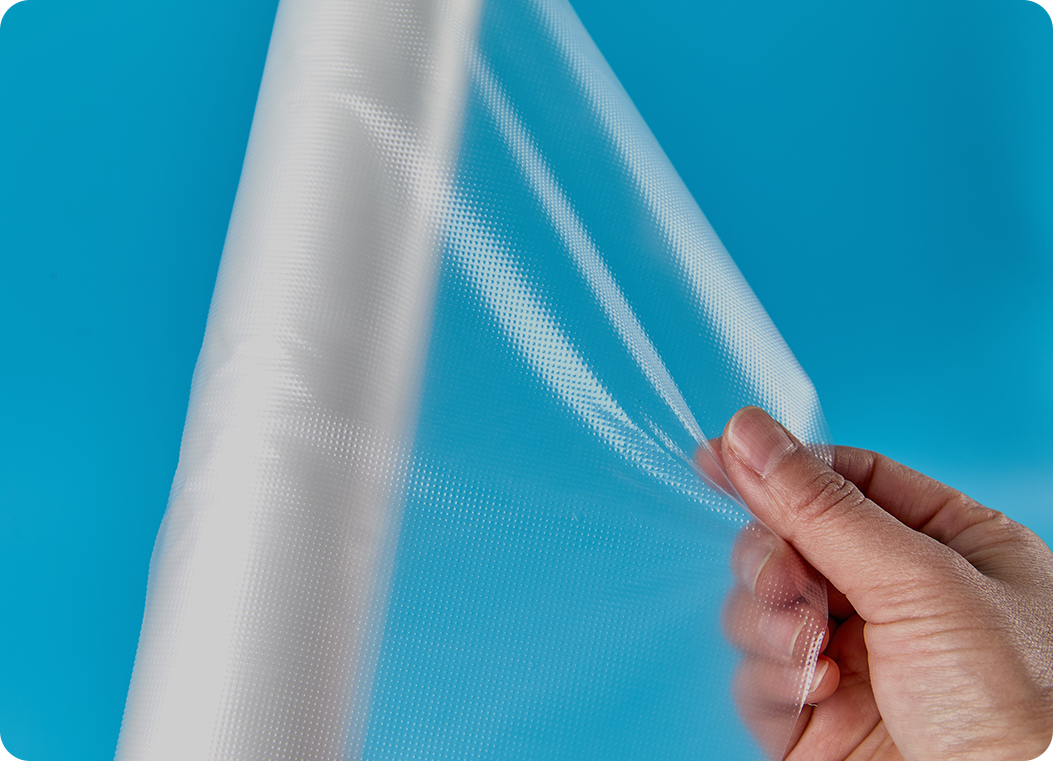



 English
English 中文简体
中文简体 Türk
Türk

